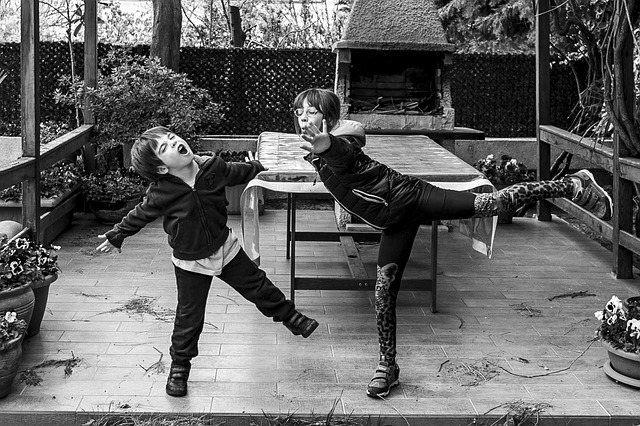Assessing student’s play
Assessing students’ play-based and inquiry learning, provides teachers with important information on how a student understands their world, how they interact with those around them, and how they build a narrative.
What’s the research telling us?
Research has shown that when a child can spontaneously initiate their own play, they have a “deeper understanding of the context of the play and are able to generate their play ideas across settings” (Stagnitti & Paatsch, 2018, p. 3). In addition, these children typically show strong competencies in oral language and demonstrate greater socio-emotional understanding and greater self-regulation (Elias & Berk, 2002; Whitebread & O’Sullivan, 2012; Whitebread et al., 2009).
As highlighted in the previous modules, play-based and inquiry learning is important for students’ development as it enables them to use their imagination to explore, experiment, discover, create, and collaborate with others. Play-based and inquiry learning also stimulates and integrates a wide range of intellectual, physical, social, emotional, and creative capabilities to foster high-level learning (DET, 2018). However, play-based and inquiry learning, particularly imaginary and dramatic play, is often not assessed for its own sake, but rather for the important learning that is taking place during these experiences (Thompson & Goldstein, 2019).
Reflecting on previous modules
Many researchers and teachers observe student outcomes such as creativity, self-regulation, social skills, language and literacy, theory of mind and social understandings during play (Lillard et al, 2013; Stagnitti, Paatsch, Nolan & Campbell, 2020). However, it is also important to assess the student’s level of play abilities from simple skills, such as manipulating objects and exploring their surroundings, to the more complex abilities to impose meaning on what they are doing and substituting an object for something else.
Assessing students’ imaginary and dramatic play

Assessing students’ imaginary and dramatic play is important as it is the highest level of playability and is an essential aspect of development (Vygotsky, 1967).
During imaginary and dramatic play, teachers can observe the student’s level of play development within and outside the classroom and can use these observations to report to parents and other teachers, to plan for future play sessions, and to determine their own role in supporting students to develop their play and inquiry learning abilities.
Observing and assessing imaginary and dramatic play
Teachers can observe imaginary and dramatic play in the following six imaginary and dramatic play skills (Stagnitti, 2021; Stagnitti & Paatsch, 2018). The interactivity below will provide you with further information.
Privileging students' diverse capacities
Students enter school demonstrating many different play abilities. For example, some students will be able to play with a group of friends, negotiate, debate, and cooperate with others. Some students will be able to pretend to be someone else for an extended period of time, including understanding what that person would say, act and do. Many students will be able to use any object and pretend that it is something else and plan and develop a story that includes complex sequences with problems and resolutions.
Observing different types of play
Let’s watch the video of the four Foundation students and their teacher, playing with a set of animals, wooden blocks, fabrics, cars, trucks, sticks and gemstones. You watched this video in Module 1 to observe some of the different types of play as well as the learning that was taking place through play-based and inquiry learning.
Watch this video again with a focus on two specific students:
(1) The young boy with red hair (Thomas*), and
(2) The young girl with blonde hair (Celeste*).
*Names are pseudonyms
Share your observations
What play skills do you notice with these students? Using the 6 imaginary and dramatic play skills you just explored earlier, consider the above video and assess these students’ play abilities. Click on the plus (+) icon in the corner of the Padlet screen, to make your contribution to the board.